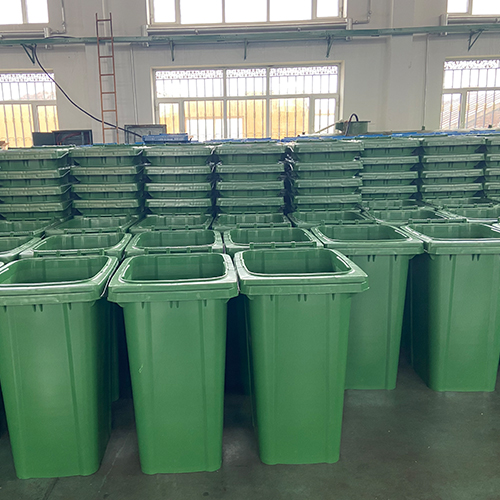In today's society where plastic products are ubiquitous, plastic trash can has become an indispensable garbage sorting tool in our daily life. It is very important for environmental protection and sustainable development to correctly use plastic garbage cans to classify garbage. Plastic garbage can manufacturer This article will elaborate on how to correctly use plastic trash cans to classify garbage.
1. It is very important to understand the basic knowledge of waste classification. Garbage can be divided into recyclable garbage, harmful garbage, wet garbage and other garbage. Recyclable garbage refers to the garbage that can be recycled, such as paper, plastic bottles, glass bottles, etc. Hazardous wastes refer to wastes harmful to the environment and human health, such as waste batteries, power packs, fluorescent lamps, etc. Wet garbage refers to perishable garbage, such as leftovers, peels, flowers, etc. Other garbage refers to general garbage other than the above three kinds, such as paper towels, dry garbage bags, etc.
2. When purchasing plastic trash cans, we should choose trash cans with classification function. This kind of trash can usually adopts a multi grid design, and each grid is equipped with a corresponding logo to facilitate us to classify different kinds of garbage. At the same time, the material of the garbage can should be durable, easy to clean, and have a certain degree of sealing to prevent the garbage from producing odor and cross contamination.

3. We need to do a good job in the daily habit of garbage classification. Before putting the garbage in, we should simply sort and clean the garbage. For example, flatten and clean recyclable garbage; Classify hazardous wastes, such as putting waste batteries together. At the same time, we should develop the good habit of putting garbage after classification, and not mix different kinds of garbage randomly.
4. It is also very important to know the garbage classification policy of the city or community. Different regions have different requirements for waste classification. For example, some places will put paper and plastic bottles separately, while some places allow them to be put together. Understanding these policies can help us better classify waste and comply with local regulations.
5. When putting garbage, we need to put garbage into different garbage cans. For example, put recyclable garbage into garbage cans marked with recyclable labels, hazardous garbage into garbage cans marked with hazardous garbage labels, wet garbage into garbage cans marked with wet garbage labels, and other garbage into garbage cans marked with other garbage labels. This ensures that different types of waste are handled and recycled correctly.
6. We should regularly clean and disinfect plastic garbage cans. Since wet garbage and other garbage may produce odor and bacteria, regular cleaning and disinfection of garbage cans can effectively avoid these problems. We can use special detergent and brush to thoroughly clean the trash can and dry or wipe it before use.
In short, the correct use of plastic garbage cans to classify garbage is essential for environmental protection and sustainable development. Only through correct garbage classification can we reduce garbage pollution and damage to the environment, and realize rational utilization and recycling of resources. I hope that the guidance provided in this article can help you to better use and manage plastic trash cans and make contributions to building a better clean environment.




